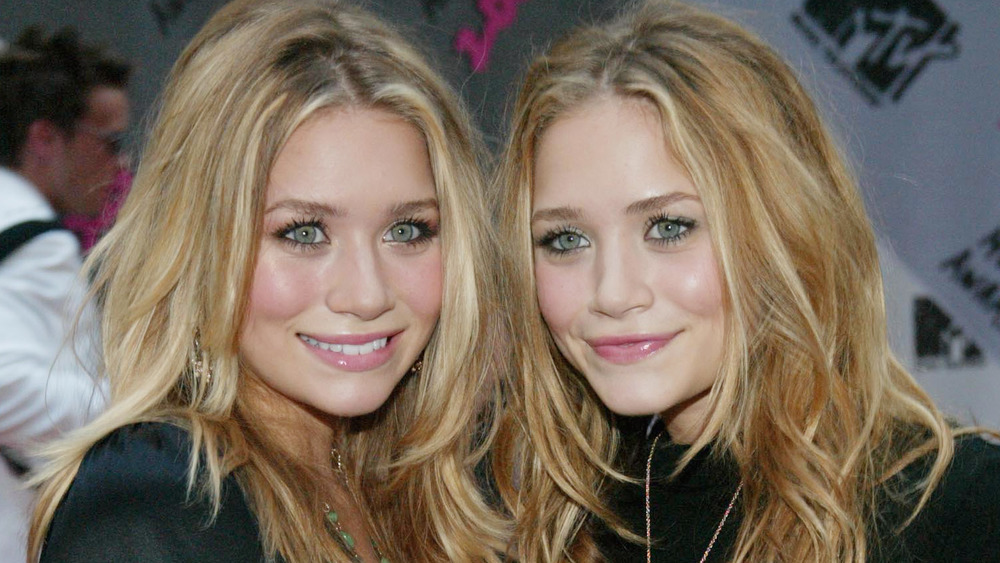This Is How Rare Identical Twins Really Are
After spending our childhoods watching The Parent Trap, many of us became convinced that maybe we had an identical twin out there somewhere. In our wiser adult years, we've realized that the Annie to our Hallie probably isn't chilling in London being fabulous. But just how common is it to have an identical twin?
According to Healthline, identical twins account for approximately three or four out of every 1,000 births. However, not everyone has the same chance of giving birth to twins, let alone identical twins.
For starters, conceiving without any sort of fertility treatment lowers your likelihood of having twins (via Verywell Family). In this group, there are some factors that make having twins more likely: being over the age of 30, a family history of either fraternal or identical twins, and breastfeeding at the time of conception.
The odds of having twins increases if you use fertility treatments, according to Verywell Family. Interestingly, the chances of having identical twins remains the same with or without treatments.
Why do some fraternal twins look so alike?
Mary-Kate and Ashley Olsen are arguably the most famous twins in the world. As children they looked identical enough to share the role of Michelle Tanner on Full House and routinely switch places in many of their subsequent movies and TV shows. However, they're actually fraternal twins, not identical twins (via E! Online).
Today, it's easier to tell them apart if you remain an Olsen twins fanatic, since they frequently wear different hairstyles and fashion styles. But unless you keep up with that sort of thing, it would be pretty hard to tell the 34-year-old fashion designers apart.
Let's revisit some science. Fraternal twins are scientifically called dizygotic twins, a name that references two fertilized eggs (via ScienceDirect). In the case of fraternal twins, the mother releases two eggs at the same time, but each egg is fertilized by a different sperm — meaning that, like any other siblings, they share about 50 percent of their chromosomes. Therefore, the twins may be different genders or look nothing alike.
Another theory, according to Better Health Channel, is that there's a third type of twin. Referred to as semi-identical twins, they fall somewhere in between fraternal and identical. Scientists suggest that semi-identical twins share 75 percent of their DNA, compared to identical twins who share 100 percent of their DNA. However, semi-identical twins appear to be extremely rare (via CNN).
The more likely reason that some fraternal twins bear a strong resemblance, according to Washington State Twin Registry, is that they share the same pre- and post-natal environment (for example, they likely receive the same nutrition). Although plenty of siblings who are not twins bear a strong resemblance, similarities in twins are more obvious because they're the same age and at the same stage of development.

